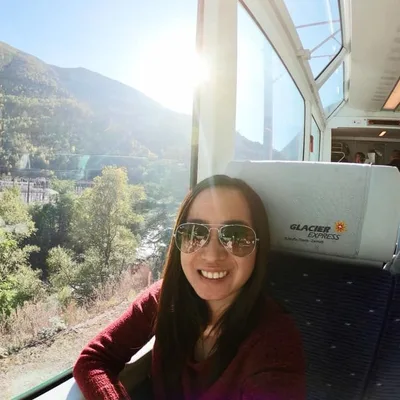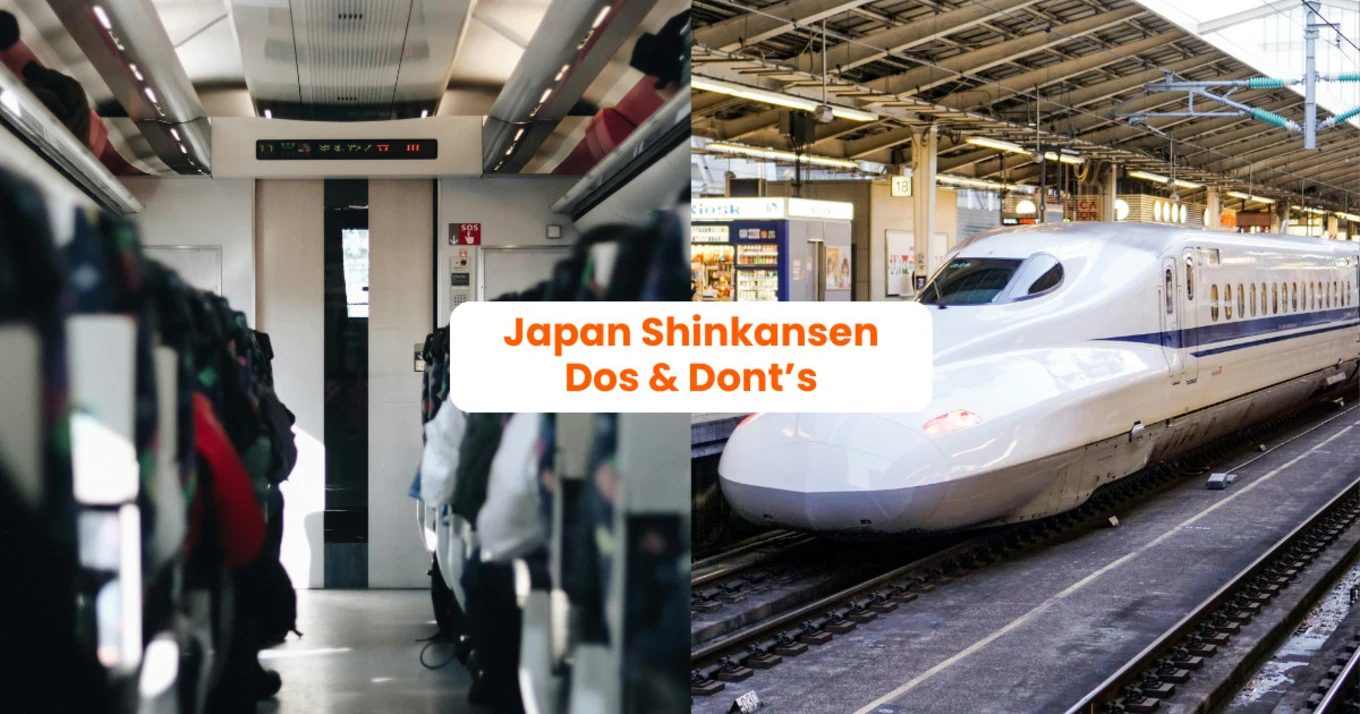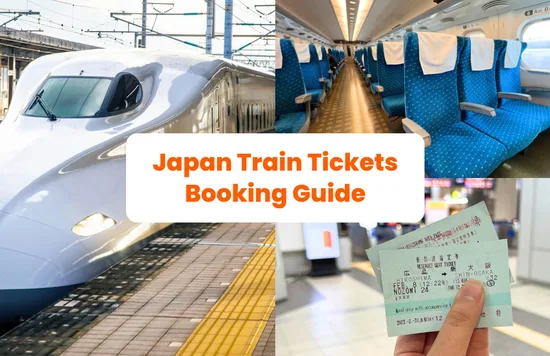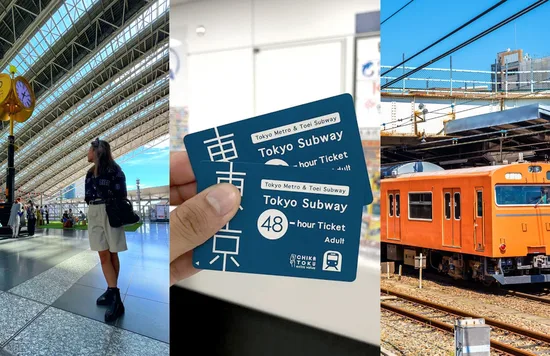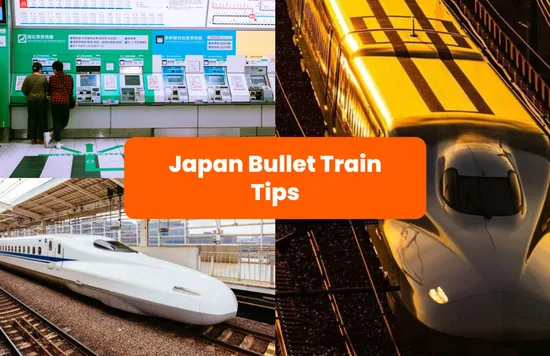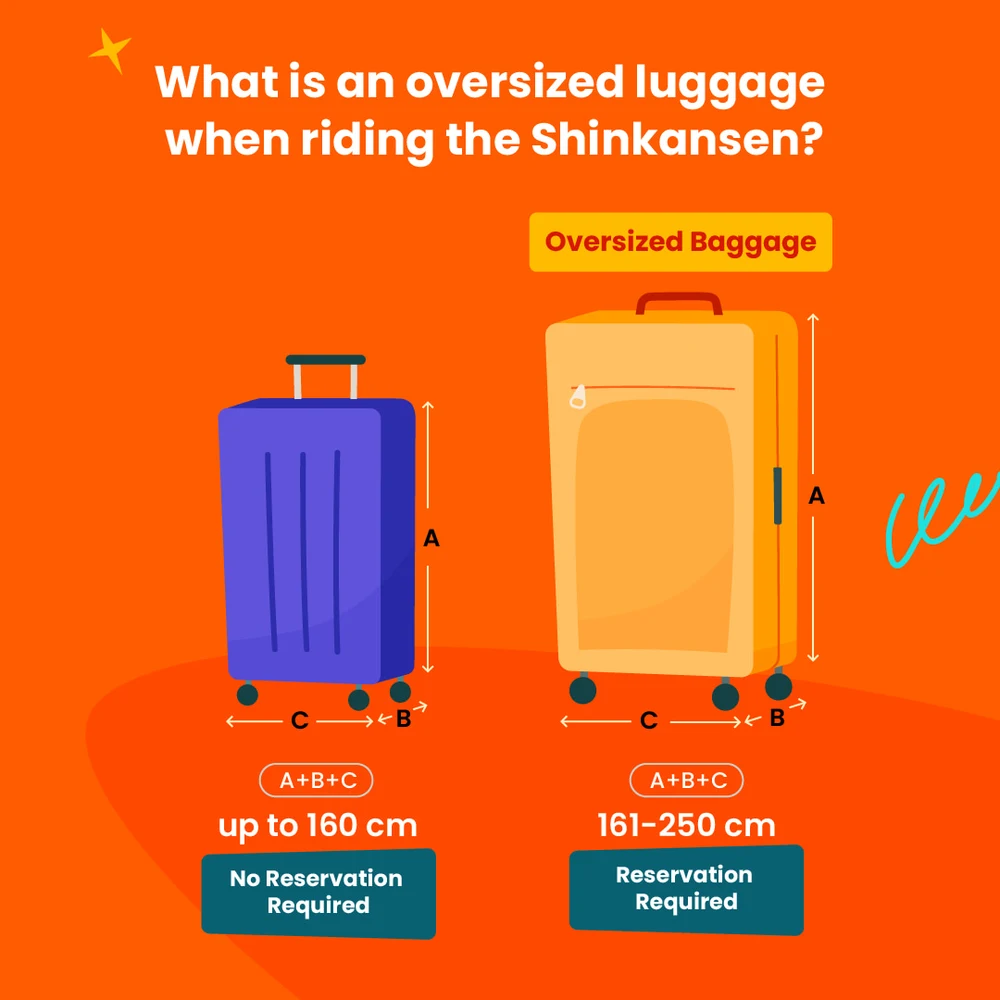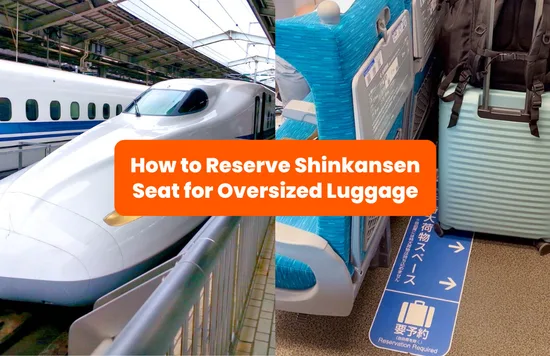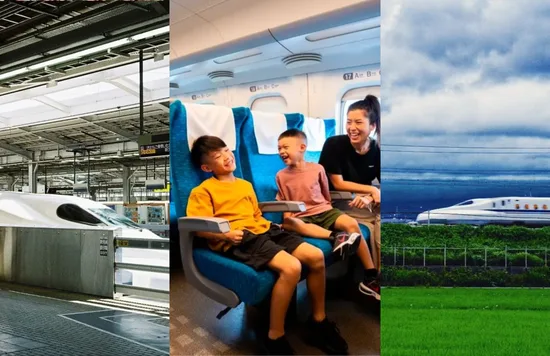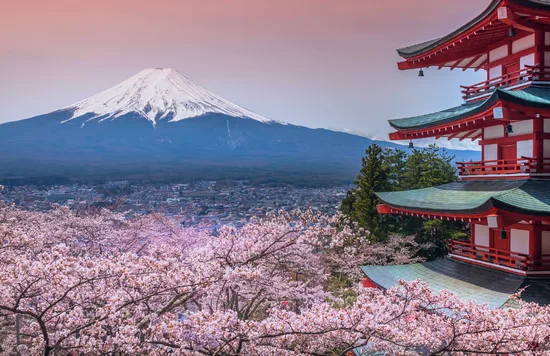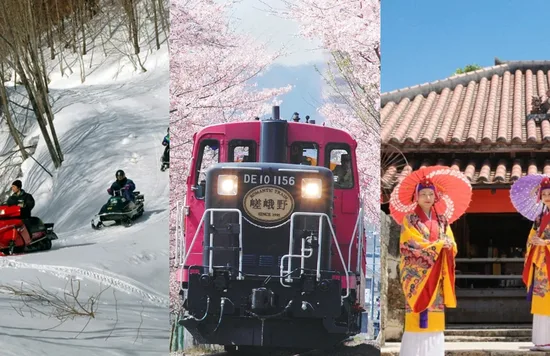How to Behave on Japan’s Bullet Trains and Enjoy a Smooth Ride
Trust us when we say that the trains in Japan are on a whole other level. Gliding along tracks at speeds of up to 320km/h, the Shinkansens (bullet trains) depart on time, down to the very second! We’re not exaggerating: if the train is stated to leave at 10.23am, it will leave at 10.23am — not a second earlier or later. Punctuality is the name of the game here!
There are three types of Shinkansen services: Nozomi, which only stops at major stations; Hikari, which stops at more stations; and Kodama, which stops at all stations. Travellers can choose to sit in Ordinary Class; Green Class (where the seats are bigger and fewer in number); or Gran Class, on the Tohoku, Hokuriku, Joetsu, and Hokkaido Shinkansens, which is much like the first class on airplanes.
The Shinkansens are fast, efficient and, as any traveller would quickly notice, very quiet. To avoid offending any locals, it’d be a good idea to brush up on your Shinkansen etiquette before your next ride — here’s what to do, and what not to do the next time you’re on one of the bullet trains. Enjoy your ride!
1. Look out for ticket discounts
Shinkansen tickets are readily available at all major train stations, and can be bought anytime before your journey.
However, for the best bang for your buck, grab your tickets from Klook — which regularly runs discounts! You’ll even be able to check train timings for popular routes, such as from Tokyo to Osaka, and from Tokyo to Kyoto. You don’t even have to worry about any change in travel plans; the tickets are fully refundable, minus a small booking fee.
P/S: Book on Klook and you can enjoy QR Code boarding too!
QR Code Boarding Available for Selected Shinkansen Routes
If you're traveling between Tokyo and Kagoshima-Chuo on the Shinkansen, you can board the train directly via QR code after booking your tickets on Klook! There's no need to redeem a physical ticket at the train station.
QR Code boarding is available for these routes:
- Tokaido Shinkansen (Tokyo to Shin-Osaka)
- Sanyo Shinkansen (Shin-Osaka to Hakata)
- Kyushu Shinkansen (Hakata to Kagoshima-Chuo)
Booking online not only secures your seat in advance but also lets you compare prices and timings at a glance! It's also much simpler and more direct than navigating the many on-screen options at the ticketing machine at the JR Station itself.
A first-timer in Japan? Don’t worry! Check out this guide about Japan's rail network!
2. Download the Japan Navitime app
Let’s admit it: the Japan rail network is really confusing. With countless platforms and rail companies, just getting around the station itself can be really intimidating.
Download the Japan Navitime app to help plan your route: choose your departure and destination stations, and desired departure time, plus even select which rail passes you have on hand. The app will then show the price of the journey, whether you’ll have to make any transfers, which train you’ll be taking, and even down to the very platform(s).
If not, Google Maps is also great for showing the various train timings and platforms! However, it doesn’t show the costs of the respective journeys.
3. Check out the rail passes
Think of the Japan Rail Pass as your golden ticket to rail travel all around Japan. They’re valid for a consecutive 7, 14, or 21 days; and can be used for unlimited rides on most JR railways and buses — including the Shinkansen! Seat reservations can also be made for free with the rail pass.
Besides the nationwide Japan Rail pass, there are also over 20 regional passes up for grabs. Think: the JR West Kansai Wide Area Pass, JR East Tohoku Area Pass, or JR Hokuriku Arch Pass.
#KlookTip: Choosing which rail pass to get can be really confusing! Bookmark this nifty JR Pass calculator to help you out.
Unfortunately, the cost of the rail passes can be quite hefty — especially after the recent price hike in October 2023. To calculate if getting a rail pass will be worth it, compare the cost of your point-to-point tickets with the cost of the rail pass.
4. Make seat reservations
The Shinkansen, limited express trains, and express trains all have reserved and non-reserved seats. Only Tohoku and Hokkaido Shinkansen’s Hayabusa, Hayate, Tsubasa, and Komachi trains require seat reservations, on top of the Hokuriku Shinkansen’s Kagayaki trains.
During the New Year, Obon, and Golden Week holidays, the Tokaido and Sanyo Shinkansen’s Nozomi trains also transform into reservation-only trains.
Feel free to ride in the non-reserved section without a seat reservation. However, it’s best to make one to secure a comfortable ride! Besides, if you’ve got any of the Japan rail passes, you’ll be able to make seat reservations for free. You can make the reservations either at the JR ticket offices, or at the automated ticket machines.
5. Get your luggage delivered between hotels
If there’s one thing about Japanese train stations, it’s be that there are lots of stairs! It’s difficult enough trying to figure out which platform your luggage is departing from — the last thing you’d need is to be struggling with your luggage up and down the countless flights of stairs.
Do yourself a favour, and get your luggage delivered! Luggage delivery companies in Japan are the epitome of efficiency and usually get your luggage delivered within a day or two. The best part? It doesn’t even cost much! The cost varies with size, but each luggage usually costs around S$20. This even includes luggage insurance, including up to 100,000yen (~S$893) per piece.
6. Make a reservation for your oversized luggage
If you still decide to bring your luggage with you on the trains, it’d be best to queue up early to secure a space on the luggage racks. On many Shinkansen trains, you might even find that your legroom is large enough to fit a suitcase.
There’s also additional space behind the last row of seats in each carriage — however, unlike what most people think, these aren’t for just anyone to use! Only passengers sitting in the last row of seats are allowed to put their luggage into this space. Plus, on the Tokaido, Kyushu, Sanyo, and Nishikyushi Shinkansens, those with oversized luggage are required to make seat reservations for seats that come with luggage storage space. If you’re caught without such a reservation, you’ll be subject to a 1000yen (~S$9) fine.
7. Buy a bento
One of our favourite things about taking the Shinkansen? Being able to enjoy an ekiben during the journey. Made from the words “eki” (train station) and “bento” (lunchbox), the ekiben refers to the bentos sold both at train stations and onboard the trains themselves. Many stations even sell specially curated ebiken that are made with regional ingredients!
#KlookTip: If you’re departing from Tokyo station, make a beeline for Ekibenya Matsuri, a popular ekiben shop; or Ekibenya Odori, their sister shop that sells adorable themed bento.
8. Don’t use your phone whilst walking
Everything — and everyone! — in the train stations moves fast. Take care not to use your phone whilst walking so as not to hold up the crowd.
9. Get your tickets ready before passing through the ticket gates
When you make a seat reservation, you’ll be given a paper ticket that looks much like your train ticket or rail pass. Be sure to sort your tickets out, and have the right one ready in hand before you enter the ticket gates!
10. Check the board
Besides checking your Google Maps or Japan Navitime apps, take a look at the giant train departure board (found at the ticket gates) to ascertain the platform that your train is leaving from. Even on the platform itself, there are some instances where there will be two trains leaving from the same platform — but at different timings. Don’t get on the wrong train by mistake!
#KlookTip: As extra insurance, double check the screens next to the doors that display the train’s name and destination.
11. Line up on the platform before boarding
Don’t be surprised to see the locals queuing up in neat lines on the platform. The Japanese are incredibly orderly, and will position themselves behind each car marker up to half an hour before the train arrives. Don’t cut the queue or push your way forward, even if you see just one person queuing on the platform!
12. Be mindful of your conduct on board the trains
When getting to your seat, take care not to block the aisle with your luggage. During the ride, don’t forget to put your mobile phone on silent! If you have to take a call, simply head to the decks in between cars. Talk in hushed tones, don’t smoke, and try not to recline your chair suddenly without warning. Before leaving the train, remember to return your chair to its original position. Plus, most importantly, take all your garbage with you!
Recommended for You
What is Klook?
Klook is Asia’s leading platform for experiences and travel services. We curate quality experiences ranging from attractions and tours to local transport and experiential stays, in over 2,700 destinations globally. Klook’s mission is to empower travelers around the world to discover, book, and experience the best things to do anywhere, anytime - including attractions, activities, car rental, tours, local transfers, wifi, and SIM cards.
✨ Follow us for more deals and inspiration for your upcoming travels
